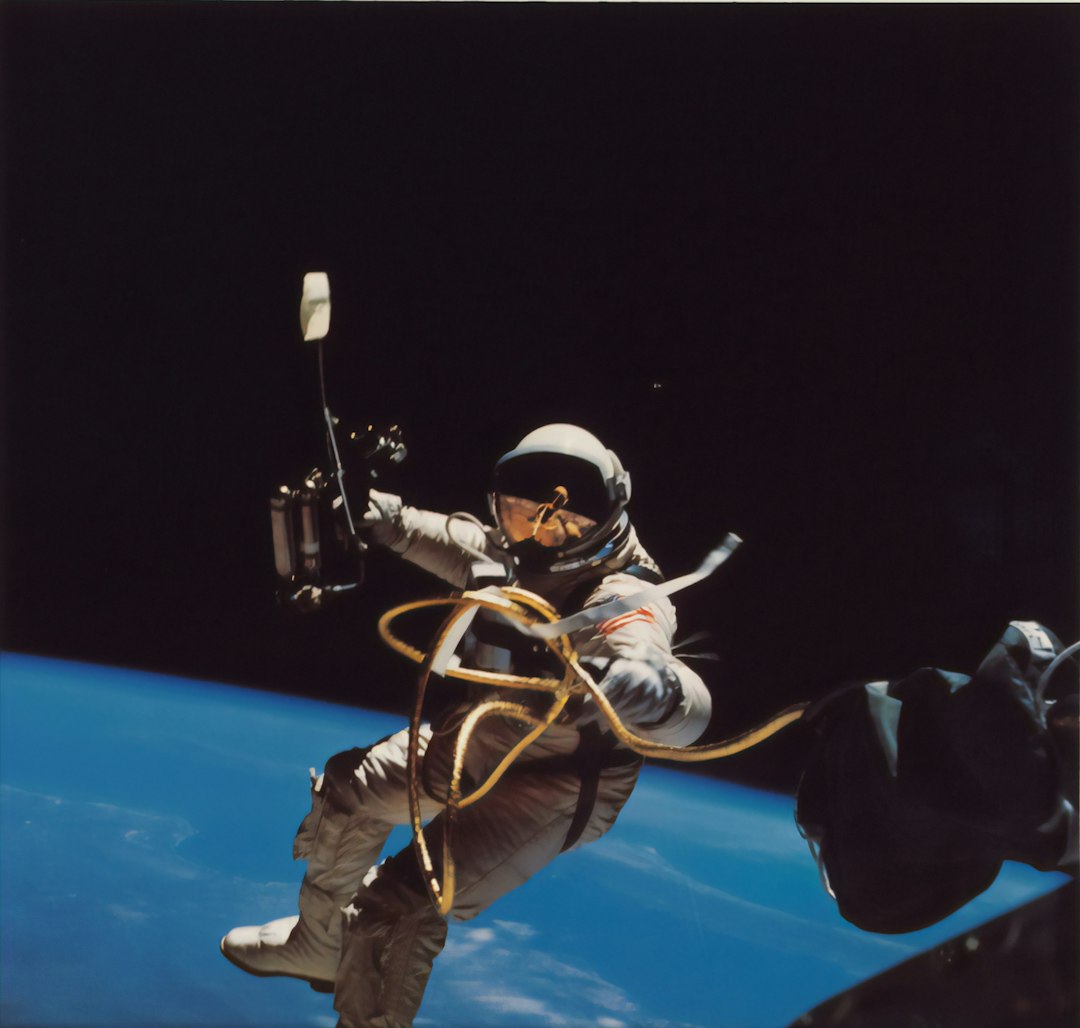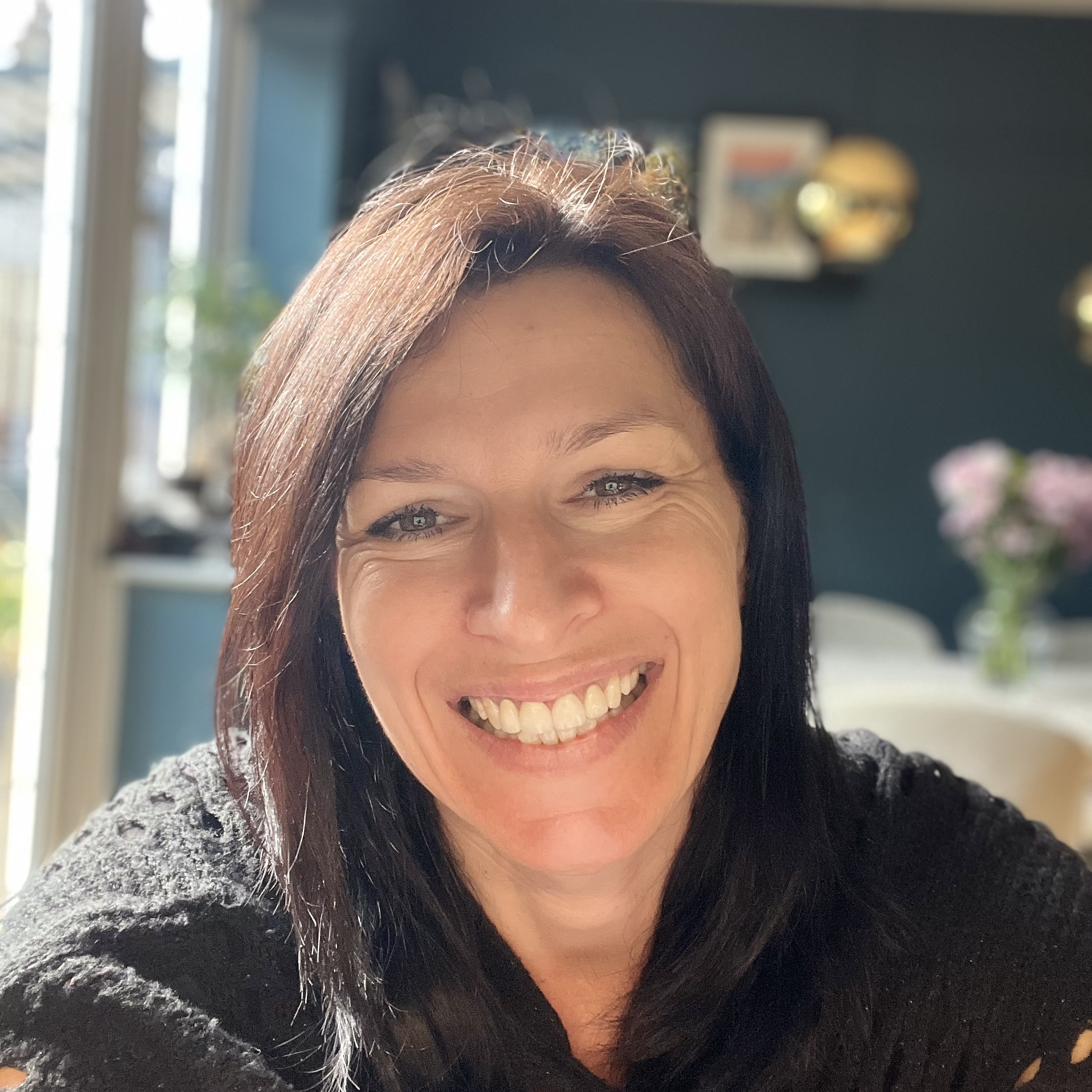
What Does It Mean to Be Brave? A Joyful Cross-Curricular Exploration of Courage
Bravery. It’s such a big, bold word, isn’t it? It makes you think of dragon-slaying knights or someone dangling from a cliff with only one hand gripping a rope.
But real bravery? It often looks quieter. Gentler. More human.
It can be trying something new. Telling the truth. Standing up for someone. Letting go of something that doesn’t feel right anymore.
What Does It Mean to Be Brave?
Let’s explore this powerful question across subjects — with stories, creativity, history, and hands-on discovery. Because when children understand courage in all its forms, they begin to recognise it in themselves too.
ASK & WONDER
This is such a brilliant question to explore over breakfast or during a nature walk. You don’t need a formal “lesson” — just open it up with curiosity and see where it goes.
Try asking:
Can you be scared and still be brave?
What’s the bravest thing you’ve ever done?
Are there different kinds of bravery?
Is it braver to speak up — or to stay quiet sometimes?
Who do you know who’s shown courage?
"Courage doesn’t always roar. Sometimes courage is the quiet voice at the end of the day saying, ‘I will try again tomorrow.’” – Mary Anne Radmacher
Let that quote open space for gentler conversations — especially for children who don’t see themselves as “brave.”

DISCOVER & RESEARCH
Bravery shows up everywhere — not just in fairy tales. If you look closely, it’s in science, nature, history, even in the choices people make each day.
In History
Some people risked everything to do what was right. Share their stories, let your child choose one to explore more deeply:
Irena Sendler, who smuggled 2,500 Jewish children out of the Warsaw Ghetto.
Rosa Parks, who refused to give up her bus seat.
Malala Yousafzai, who stood up for girls’ education even after being attacked.
Alan Turing, who cracked Nazi codes but was later punished for being himself.
And here’s a fun fact to share:
D During WWII, carrier pigeons were awarded medals for bravery after flying through dangerous skies to deliver life-saving messages.

In Science & Nature
Scientific bravery often means stepping into the unknown:
Galileo, who challenged the beliefs of his time.
The first astronauts — boldly launching into space!
And in the animal kingdom: penguin fathers who protect eggs through freezing storms, or birds who migrate thousands of miles.
Ask: Is there such a thing as intellectual bravery? What about emotional bravery?

In Stories
Stories are where children often feel bravery most deeply:
Charlotte’s Web – Charlotte’s courage is clever and kind.
The Lion, the Witch and the Wardrobe – Each sibling shows a different kind of bravery.
Malala’s Magic Pencil – A beautiful real-life example of speaking up.

Watch together:
PBS Kids Talk About Bravery (YouTube) – Short video of real kids explaining what courage means to them. Perfect for younger ages.
MAKE & CREATE
Create a Bravery Medal
This is a lovely hands-on project that invites creativity and thoughtful reflection.
Materials:
Clay, cardboard, tinfoil, ribbons, bottle caps, glue, safety pins, pens — whatever you have at home!
Instructions:
Talk about what courage looks like. What colours or shapes might represent it?
Design your own bravery medal.
Choose someone to give it to — it can be a real person, a character, a historical figure, or even yourself.
Share the story behind your medal: Why do they deserve it?
You could even create a Bravery Wall or Courage Corner in your home — a space to display medals, drawings, or post-it notes celebrating everyday acts of bravery. (Yes, yours counts too.)

Reflection Questions:
Who did you give your medal to and why?
What does bravery mean to you?
What does it feel like when you do something brave?
Adaptations:
Younger kids: Focus on decorating and naming the medal.
Older kids/teens: Combine with a short written profile or presentation on a brave person from history.
CONNECT & EXTEND
Bravery is a wonderful theme to weave through other subjects and into real life. Here are some ideas to go deeper:
Cross-Curricular Sparks:
Geography: Look at the journeys of refugees, explorers, or climate activists. What risks did they face?
Creative Writing: Write a short story or poem about someone making a brave decision.
Nature Study: Learn how animals show bravery — from bees defending the hive to protective elephant herds.
Art: Create a “Courage Collage” with words, colours, and images that represent bravery.

Try This:
Challenge each family member to do one small brave thing today.
It might be:
Trying a new food
Speaking up in a group
Saying “I need help”
Asking a big question
Write them down and add them to your Bravery Wall at the end of the day.
REFLECT & CELEBRATE
Journal Prompt: “What does being brave mean to me right now?”
Maybe it’s speaking your truth. Maybe it’s saying no. Maybe it’s showing up, even when you feel like hiding.
As a home-ed parent, you’ve already made a bold, intentional choice. That’s brave.
You keep showing up on the messy days. That’s brave.
You’re learning with your kids, not just teaching at them. That’s brave too.
So give yourself a little medal this week. Stick it on the fridge if you like. You’ve earned it.
WANT TO EXPLORE OTHER BIG QUESTIONS?
This blog post is inspired by one of the 30 big questions inside the FREE Question Quest Journal — a guided, hands-on learning resource for curious Knowmads, perfect for recording all your family’s learning explorations.
You’ll get all the prompts, creative ideas, and space to reflect as a family — one beautiful question at a time.
